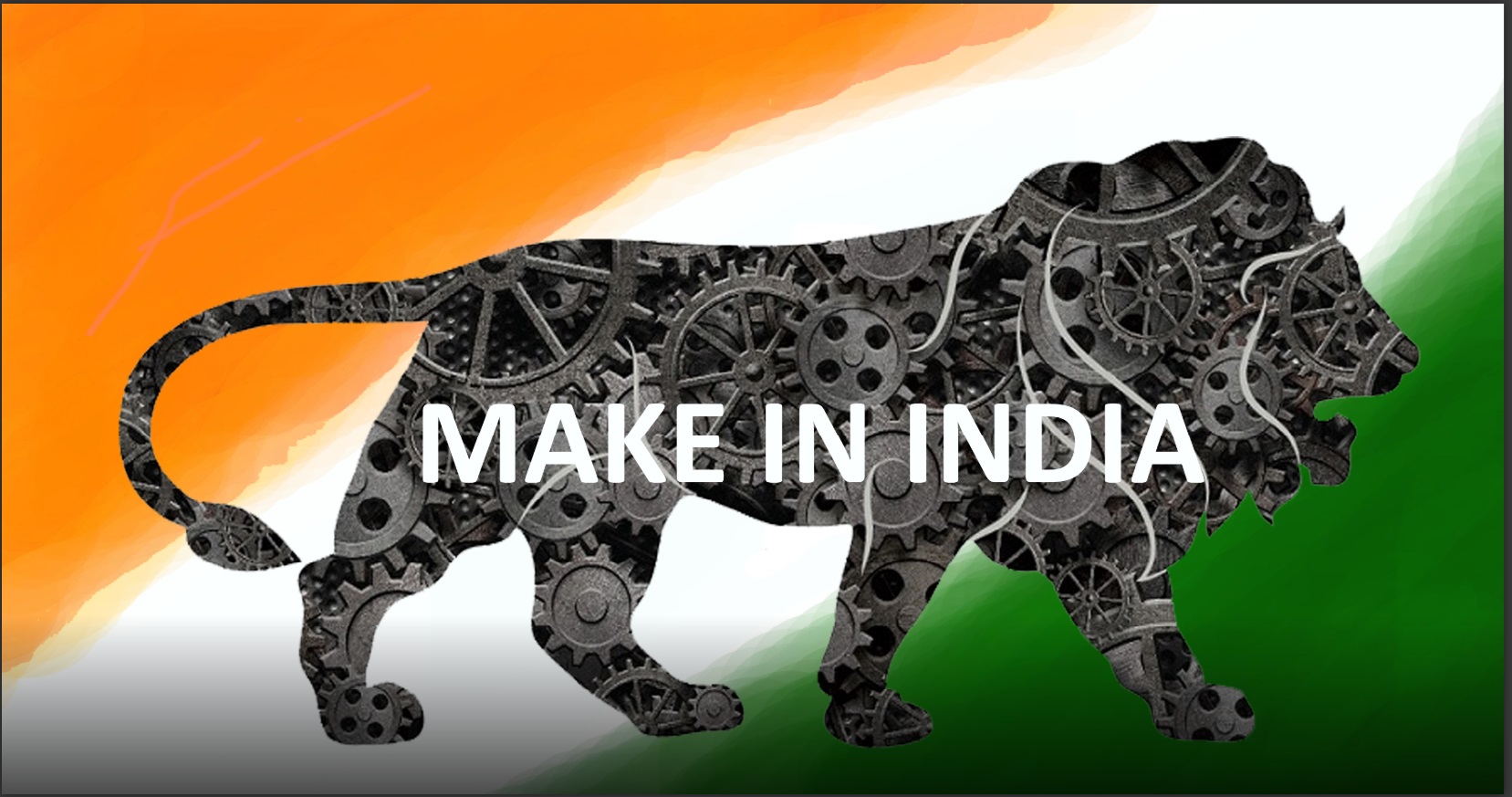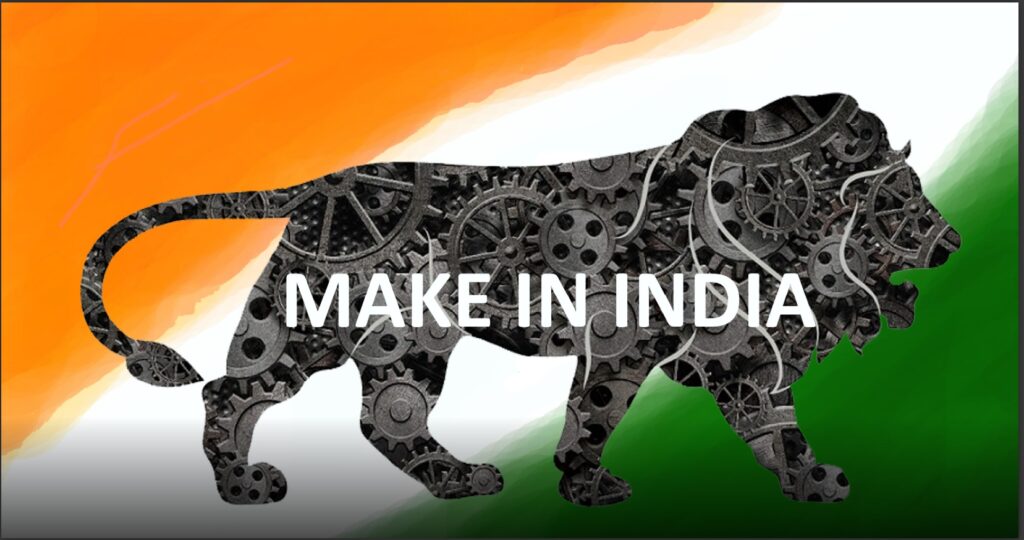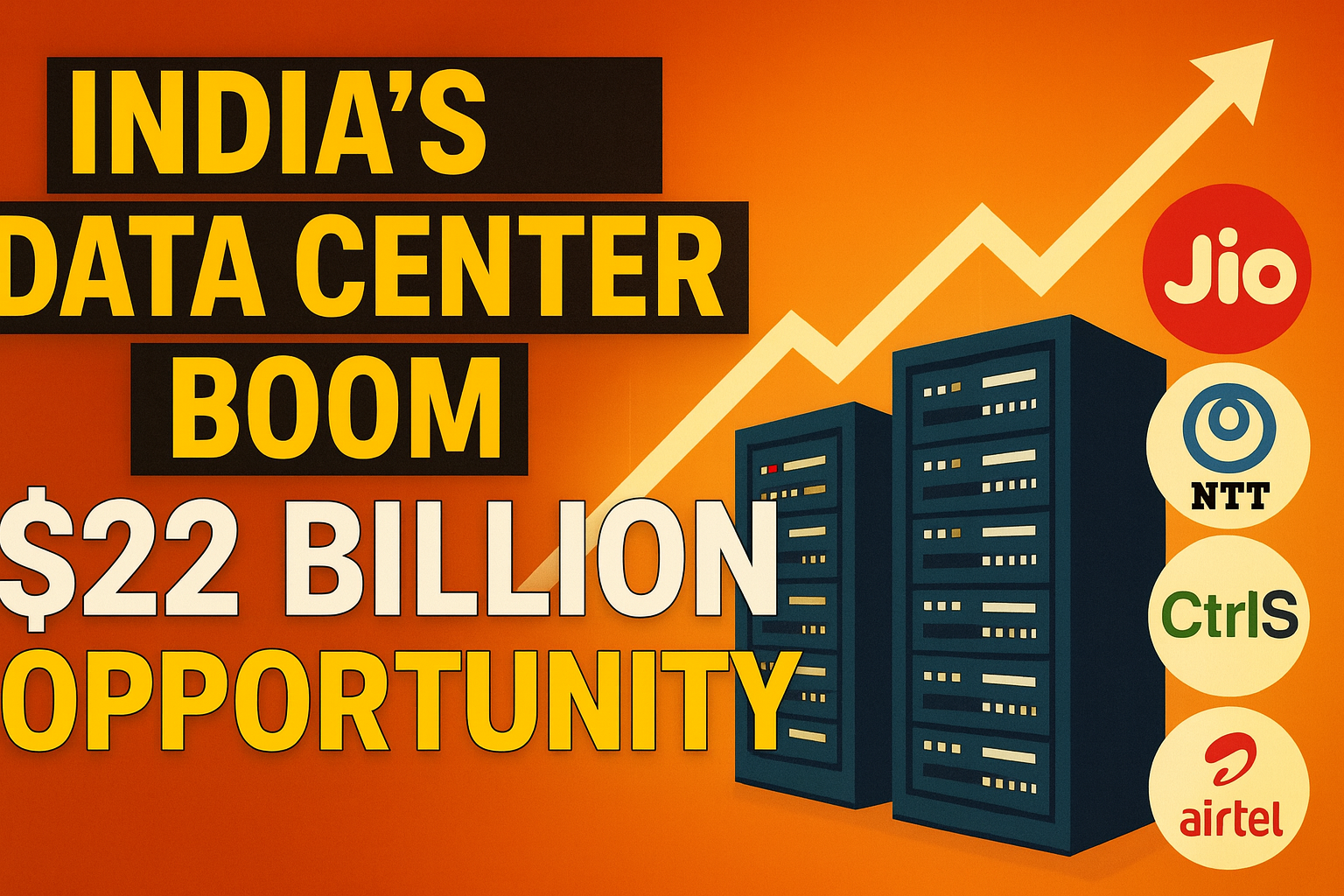

How Make in India is Transforming the Indian Economy?
Make in India is an initiative launched by the Government of India in September 2014, under the leadership of Prime Minister Narendra Modi. The primary objective of the campaign was to encourage both domestic and foreign companies to manufacture their products in India. It aimed to transform India into a global manufacturing hub by promoting industrial growth, creating jobs, and boosting economic development.
Here’s a breakdown of what Make in India is and how it helps the Indian economy:
Key Objectives of Make in India: How Make in India is Transforming the Indian Economy?
- Boost Manufacturing: The core goal was to increase the manufacturing sector’s contribution to India’s GDP. The initiative aimed to raise this share from about 16% to 25% by 2025.
- Create Jobs: By encouraging manufacturing, the government aimed to generate millions of jobs in various sectors, particularly in manufacturing, infrastructure, and related services.
- Attract Foreign Investment: The initiative sought to attract foreign direct investment (FDI) in India, especially in sectors like defense, electronics, and automobiles. It was a way to promote India as a destination for global manufacturing.
- Encourage Innovation and Skill Development: The program focused on fostering innovation, research, and development in India. It also emphasized the need for skill development to meet the growing demands of the manufacturing sector.
- Improve Ease of Doing Business: Simplifying regulatory processes and improving the business climate were crucial to making India a more attractive destination for investment and manufacturing.
Also Read; शून्य निवेश; बिजनेस आइडिया और निष्पादन रणनीति रणनीति
How Make in India Helps the Indian Economy ?
- Increase in Foreign Direct Investment (FDI):
- The campaign helped boost FDI inflows into India, particularly in sectors like electronics, automobile manufacturing, defense, and renewable energy. The Indian government introduced reforms to make it easier for foreign companies to invest in and set up operations in India, such as relaxing rules on foreign investment and reducing bureaucratic hurdles.
- For example, foreign investments in defense were opened up to 100% in certain areas, allowing global defense manufacturers to set up production facilities in India.
- Job Creation:
- As the manufacturing sector grows, new jobs are created, particularly in labor-intensive industries like textiles, apparel, electronics, and auto manufacturing. This reduces the burden on India’s agricultural sector and provides employment to millions, especially in rural and semi-urban areas.
- The National Skill Development Corporation (NSDC) was set up as a part of the initiative to provide industry-relevant skills to the workforce, helping them align with the needs of new manufacturing and industrial sectors.
- Development of Infrastructure:
- For manufacturing to thrive, infrastructure like roads, ports, and electricity is crucial. Make in India encouraged substantial investments in infrastructure. The government focused on upgrading industrial corridors, transport networks, and providing a better logistical framework.
- Smart Cities and industrial parks were also proposed as part of the initiative, which helped create a better ecosystem for manufacturing.
- Growth of the Manufacturing Sector:
- By 2020, India had seen growth in key sectors like automobiles, electronics, and textiles. Companies like Apple, Samsung, and Honda set up or expanded their manufacturing facilities in India.
- In the automobile sector, India became a global hub for manufacturing cars and motorcycles, with both Indian companies (like Tata Motors and Mahindra & Mahindra) and global players (like Hyundai and Suzuki) increasing their investments in production capacity.
- Export Growth:
- As manufacturing increased, so did exports from India. The Make in India initiative helped increase the global competitiveness of Indian-made products.
- India began exporting more electronics, automobiles, and pharmaceuticals, with key markets being the U.S., Middle East, and Africa. India became one of the leading exporters of generic medicines, thanks in part to the boost in domestic pharmaceutical manufacturing.
- Promotion of Innovation and Technology:
- The initiative also encouraged the adoption of new technologies in sectors like electronics, renewable energy, and automobiles. Companies were encouraged to set up R&D centers and contribute to innovation within India.
- India’s startup ecosystem also benefited from this initiative, with more startups focusing on manufacturing-related technology solutions, automation, and industrial design.
- Improved Business Environment:
- The campaign led to a push for regulatory reforms, including the Goods and Services Tax (GST), which simplified taxation and created a more unified market across the country.
- The Make in India initiative also saw the launch of programs to improve ease of doing business, such as reducing approval timelines for setting up factories and simplifying labor laws.
Also Read; Which is the Better Investment in India: Stock Market or
Challenges Faced by Make in India:
While Make in India has made significant strides in certain areas, there are several challenges that have impeded its full potential:
- Inadequate Infrastructure: Despite significant progress, infrastructure, particularly in rural and remote areas, remains underdeveloped, affecting the movement of goods and raw materials.
- Skill Gaps: While skill development was prioritized, India still faces a shortage of skilled labor, particularly in advanced manufacturing technologies like robotics and artificial intelligence.
- Global Competition: India competes with other low-cost manufacturing nations, like China and Vietnam, which have established supply chains, well-trained workforces, and infrastructure.
- Policy Implementation: While the government announced various reforms, the actual implementation has sometimes been slow or uneven across different states and regions, causing delays in the ease of doing business.
Conclusion: How Make in India is Transforming the Indian Economy?
Make in India has had a positive impact on India’s economy, contributing to growth in manufacturing, job creation, foreign investment, and infrastructure development. It has helped position India as a potential global manufacturing hub, with increased export activity and a growing industrial base. However, its long-term success will depend on overcoming challenges related to infrastructure, skill development, and global competition.
In essence, Make in India is not just about manufacturing products but about building a sustainable and innovative economic model that can adapt to global changes and drive growth in the coming decades.
How Make in India is Transforming the Indian Economy?



